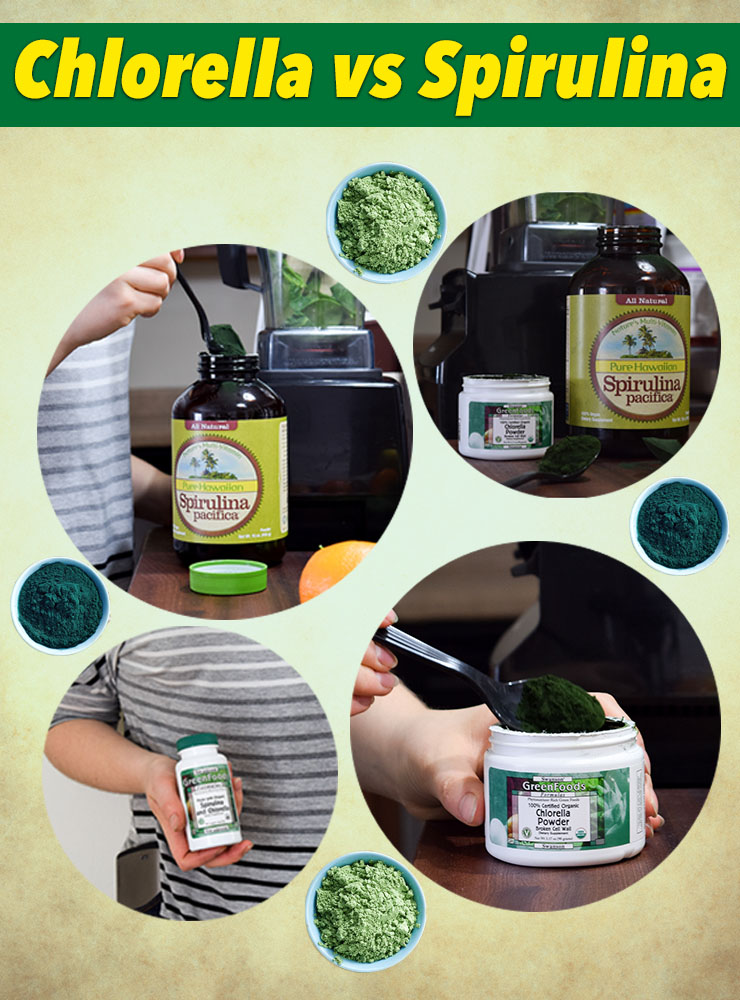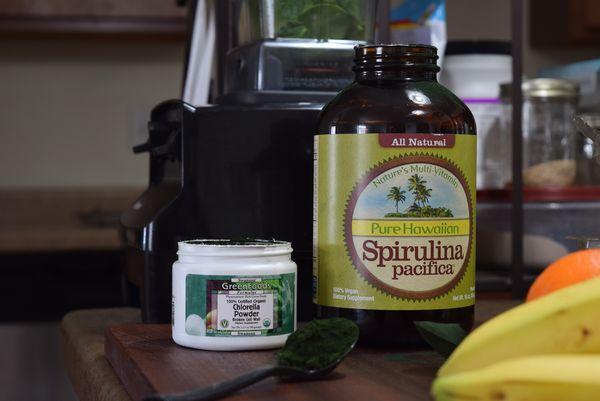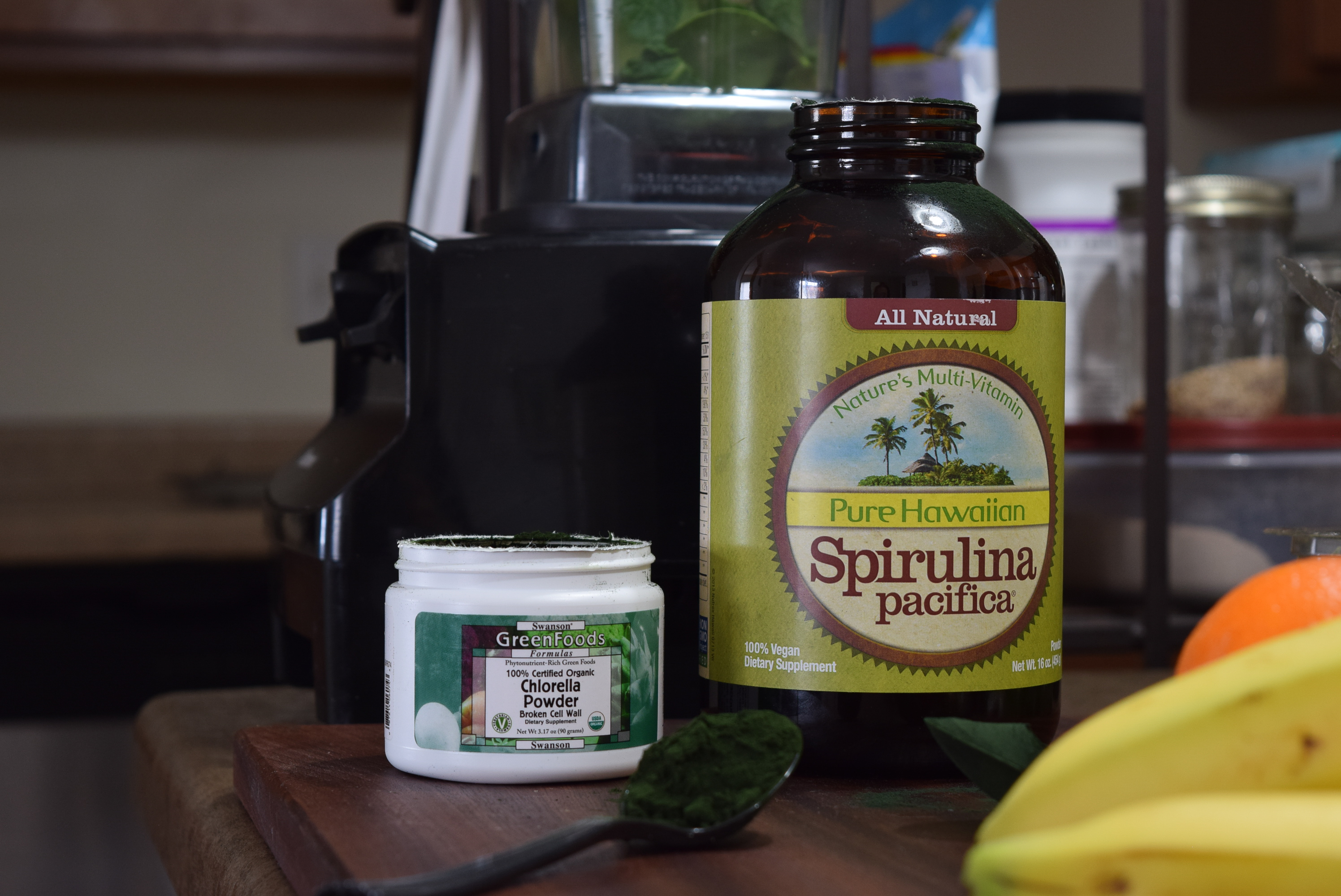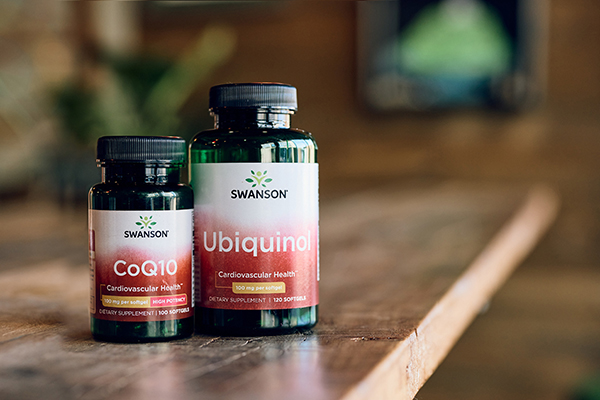When it comes to the world of algae superfoods, spirulina (blue-green algae) and chlorella (solid green-colored algae) reign supreme. They’re often touted as the plant kingdom’s greatest, most nutrient-dense foods, but they’re also too often lumped together as if they were one and the same.
Both chlorella and spirulina pack a serious phytonutrient profile with tremendous benefits for human health, but there are a few key differences you need to know about before choosing to add either to your dietary supplement routine. Let’s separate the blue-green from the green-green algaes and get to know these two fresh-water superfoods… starting with Chlorella.

Chlorella
 Chlorella and spirulina are both microalgae, but you would never confuse the two if you put them side by side. While spirulina gets its name in part thanks to its spiral shape, chlorella is a spherical-shaped, single-cell microorganism. Chlorella is also solid green in color, compared to the more blue-green spirulina.
Chlorella and spirulina are both microalgae, but you would never confuse the two if you put them side by side. While spirulina gets its name in part thanks to its spiral shape, chlorella is a spherical-shaped, single-cell microorganism. Chlorella is also solid green in color, compared to the more blue-green spirulina.
Chlorella is grown in freshwater ponds, rivers and lakes. Due to its microscopic size, it’s difficult to cultivate and harvest for mass production. And speaking of production, chlorella is difficult to process because of its tough, indigestible cellulose wall. If you’ve ever heard the term “broken cell wall,” it’s undoubtedly referring to chlorella supplements.
This cell wall challenge is why chlorella supplements are often priced slightly higher than spirulina supplements. The process to break down that cell wall to make the nutrients locked inside available for human consumption is both complex and expensive. Nonetheless, this broken cell wall attribute is one to look for on the label before purchasing chlorella.
Spirulina
 As previously mentioned, spirulina’s shape is unique, but that’s not the algae’s only defining characteristic. Along with its spiral shape, spirulina is a multi-cell plant without a true nucleus.
As previously mentioned, spirulina’s shape is unique, but that’s not the algae’s only defining characteristic. Along with its spiral shape, spirulina is a multi-cell plant without a true nucleus.
Like chlorella, spirulina is grown and cultivated in fresh bodies of water, specifically those with high alkalinity. For mass production purposes, spirulina requires moderate temps and plenty of natural sunshine. What separates the two kinds of microalgae, however, is how easy it is to harvest them.
Spirulina grows best by itself in water uncontaminated by many other kinds of living organisms. Thus, harvesting is pretty straightforward. Chlorella likes to have neighbors in the water, which makes it quite challenging come harvest time. Also, spirulina has no tough, indigestible cell wall like chlorella does, so turning freshly harvested spirulina into supplements fit for human consumption is far less complex.
Nutritionally, How Are Spirulina and Chlorella Different?
With the label of "superfood," you know these two tiny algaes pack a serious nutritional punch. In fact, both are considered some of the richest, most nutritionally dense food sources known to man. Both are high in protein, making them key ingredients in nearly every “green” superfood powder supplement (drink or tablet). Both are also two of Mother Nature’s purest sources of chlorophyll, although chlorella is the superior source.
So what separates the two? Well, while chlorella is known for its chlorophyll content, which is a powerful antioxidant that can help cleanse the liver and eliminate toxins from the digestive tract, spirulina has that and so much more.
The blue-green algae spirulina contains a rare antioxidant known as phycocyanin, which helps protect cells from oxidative damage. Spirulina is also rich in energizing B vitamins, as well as vitamin E and the minerals copper, zinc, selenium and iron. Spirulina even packs in some essential fatty acids to top off its powerful and broad nutrient spectrum. Thus, if pressed hard enough, most experts would have to crown spirulina the supreme green superfood, but...
The good news is you don’t really have to choose between the two. There are many high-quality green superfood blends, powders and pills that feature both chlorella and spirulina in one all-encompassing combination formula. Get past the notion that you’re eating seaweed, and add these two powerhouse algaes to your dietary routine.




